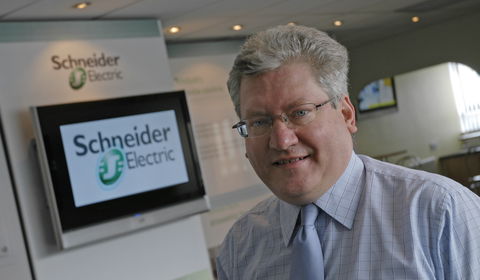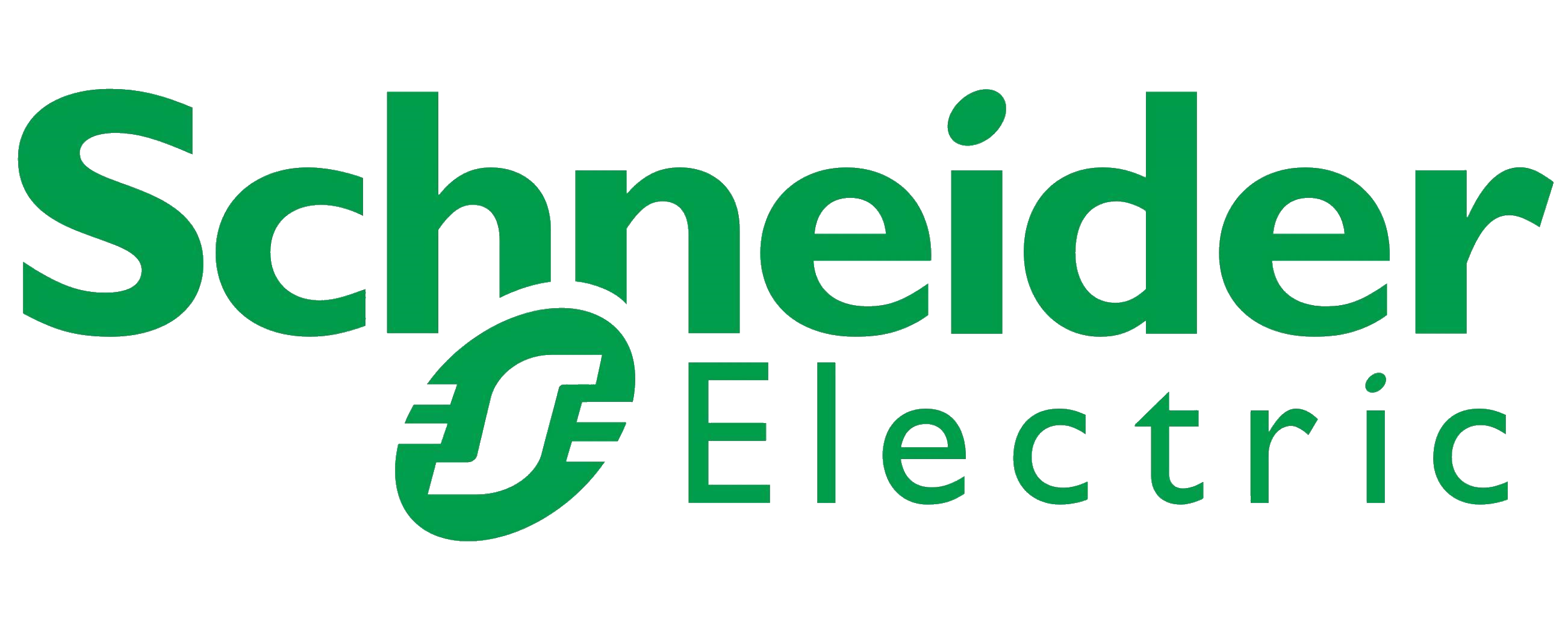With the rise in energy costs combined with the Government’s ambitious carbon reduction targets, building owners and operators are facing increasing pressure to make their buildings much more energy efficient. David Lewis, energy management expert at Schneider Electric, provides his top tips for adopting voltage optimisation; an unobtrusive but highly effective solution to gaining energy efficiency.

With the rise in energy costs combined with the Government’s ambitious carbon reduction targets, building owners and operators are facing increasing pressure to make their buildings much more energy efficient. David Lewis, energy management expert at Schneider Electric, provides his top tips for adopting voltage optimisation; an unobtrusive but highly effective solution to gaining energy efficiency.
1. Before adopting voltage optimisation, it is important to recognise that not all applications will be suitable for the technology, therefore careful design and analysis is required. It is worth contacting your prospective voltage optimisation provider prior to installation as some carry out site surveys including, voltage logging, energy audits, network analysis and full voltage and power surveys to evaluate the benefits of VO implementation.
2. Make sure you always use a reputable supplier who offers type tested, highly reliable and low energy loss technology. It’s very important to evaluate the complete range of voltage optimisation solutions available on the market and do your research before adopting it for your business. Don’t always choose the cheapest supplier either – you want to go for a balance in terms of the right solution, its performance, quality and value. Choose a supplier that will not only be able to offer you the very best offer for your application, but one that can offer you complete energy management solutions including the service, maintenance and consultancy you require too.
3. It’s a good idea to assess the electricity cost in terms of its likely evolution, consumption and maximum demand reduction, carbon emission savings, tax savings and potential maintenance savings. It might also be a good opportunity at this point to even reevaluate and renegotiate your energy bills with your provider.
4. Before implementation, it is essential to measure the operational benefits of voltage optimisation using a study based on IPMVP (International Performance Measurement & Verification Process) principals. The IPMVP is the leading international standard for energy efficiency projects and should be carried out over a specific period in order to define the relationship which exists between energy use and operating conditions.
5. Always consider the total costs of voltage optimisation, including material, installation, commissioning and services before purchase. Like with any new asset it is important to consider all aspects of the installation from installation through to end-of-life. This should include servicing and maintenance, operational fees and even the disposal of the item. Leading organisations who utilise the Marginal Abatement Curve to evaluate the most cost effective savings found that Voltage Optimisation came out as one of the top energy efficiency measures to reduce a building’s energy consumption and carbon emissions. Ask for an IVMVP report as a reference to illustrate performance.
6. Voltage optimisation needn’t be used on its own and it is worth considering it in combination with other energy efficiency measures as a composite solution. It is advisable to bear in mind whether there are any other energy-saving projects or changes you are planning to undertake in the near future as this may affect the voltage optimisation savings and, as a consequence, the business’ return on investment.
7. Consider where you might locate a voltage optimisation device in your building or premises in order to reap the greatest benefits. The recommended approach would be to consult with your local electrical contractor or system designer to ensure the best results.
8. Calculate your own possible energy efficiency and environmental savings to find out if it’s worth investing in the technology. This can be done easily using an online voltage optimisation calculator which shows you what can be saved and returned based on simple factors such as, the type of site requiring the installation, annual electricity consumption, maximum electricity demand and electricity cost.
9. Voltage optimisation can provide a highly reliable, low-loss solution but it is important to combine this with a comprehensive monitoring solution in order to achieve maximum savings. These monitoring solutions look at where, when and how energy is being consumed within a building and then allows you to strategically balance emissions, efficiency, reliability and cost.
10. Whilst voltage optimisation requires practically no maintenance, it is still important to keep your VO maintained once a year just to ensure it is running to its maximum efficiency. Choose a supplier who will be able to offer this service as part of the package.
Whilst voltage optimisation is a proven way of lowering energy consumption, businesses still remain slow on the uptake. A significant amount of energy is wasted in buildings simply due to electrical equipment being designed to work at a lower voltage than that supplied by the National Grid. Voltage optimisation in the correct situation and combined with a comprehensive monitoring solution is one of the simplest, most effective ways of reducing carbon emissions and energy bills which all businesses should consider.
